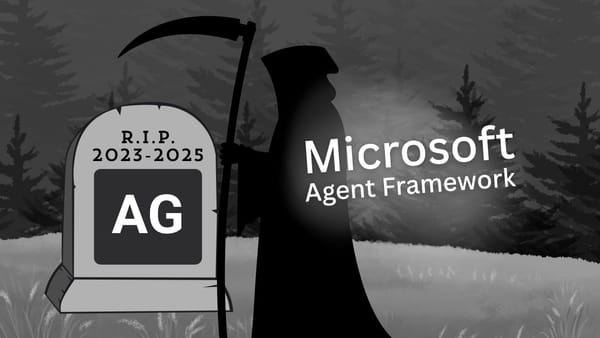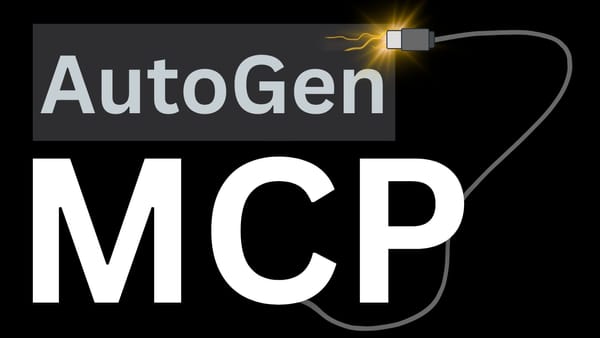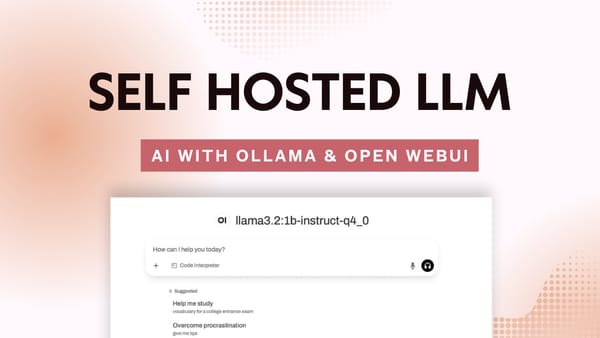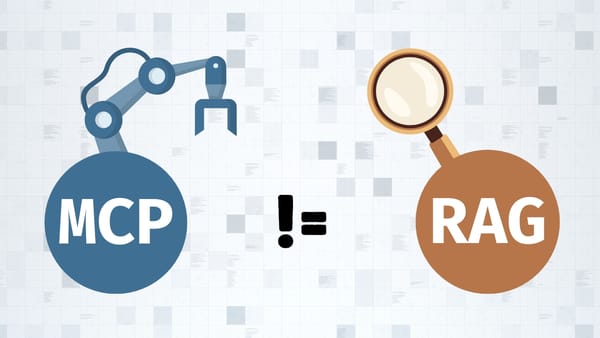AutoGen vs crewAI vs LangGraph vs OpenAI Swarm: Which AI Agent Framework Wins?
The more options we have, the harder the decision to take. Luckily, we're going to explore the most popular AI multi-agent frameworks in this post so you can make the right choice!
This is the year of AI Agents. You’ve probably heard this one a lot lately. Honestly, that’s why I decided to make this video and blog post—that’s because there are so many agentic frameworks to choose from nowadays.
We're going to look at the most popular frameworks today—AutoGen, crewAI, LangGraph, and OpenAI’s Swarm—I'm leaving a "secret" framework for the end. Don't skip ahead, though, I recommend you read everything.
Prefer watching? Here's the video:
Let’s start with AutoGen.
AutoGen
AutoGen is built by Microsoft, and they’re constantly improving it. It’s a framework where agents can generate, fix, and run code in Docker containers. AutoGen Studio, its optional accompanying no-code tool, makes it easier to manage and debug these systems—it's a great option if you like a visual approach. The framework also supports .NET, C# specifically, though it’s not as fully developed as the Python side.
AutoGen works best with the latest large language models. I ran into some issues with less powerful models, especially when working with a manager agent. Overall, AutoGen may have a bit of a learning curve, but you get a lot of flexibility and plenty of conversation patterns to work with.
crewAI
crewAI is one of my personal favorites when it comes to ease of use. Setting up agents is straightforward and beginner-friendly. However, since it's a high-level framework, as you start digging deeper and customizing, things can get more complex.
I actually follow the founder on X, and the guy is super active. He even teamed up with Andrew Ng to create a really solid course on crewAI.
Now, it's important to point out that crewAI is built on top of LangChain, which has its pros and cons. The good part? LangChain is an established framework with tons of community support, documentation, and useful tools. The downside is that it adds another dependency to your project, which means there’s a higher chance of something breaking with future updates.
If you want to get started in no time, you should start here.
LangGraph
LangGraph is newer than AutoGen and crewAI. I recently released a tutorial on it, and honestly, once I got it up and running, it wasn’t too difficult. But the documentation? Not so straightforward to be honest—sometimes outdated or missing key details. That said, the reason could be that the framework is constantly getting updated. If you're a JS developer, LangGraph supports JavaScript just like its parent project LangChain, which is a nice bonus.
I’d describe LangGraph as a low-level framework that gives you a lot of control over each element. This makes it powerful, especially when you’re setting up more complex workflows.
One cool thing to keep in mind is LangGraph Studio. It’s a new specialized IDE that lets you visualize, interact with, and debug your agent workflows. You get visual graphs, the ability to edit states, and run your graph without restarting the whole thing.
Finally, OpenAI Swarm
OpenAI Swarm is new and still experimental. When I started playing around with the code, I got some crewAI vibes. The structure is clean and easy to work with, making it perfect for experimentation.
As OpenAI clearly highlighted on the official repo, Swarm isn’t meant for production use just yet. So, while we can experiment as much as we want, we won't be getting the same level of support or community backing that we get from more established frameworks.
Now it's good to point out that Swarm is definitely the most lightweight of all the options we’ve covered so far.
It's not there yet in terms of features and capabilities compared to the others but we’ll just have to wait and see how it evolves.
Conclusion
AutoGen really shines when it comes to autonomous code generation. Agents can self-correct, re-write, execute, and produce some pretty impressive code, especially when it comes to solving programming challenges. (Make sure to check out my AutoGen videos on YouTube!)
If you’re looking to get started quickly, crewAI is probably the easiest. Great documentation, tons of examples, and a solid community. I’ve also got crewAI videos to guide you through the initial process, so make sure to check those out too.
LangGraph, to me, offers more control and is great for complex workflows. While it works fine for simple applications—like the resume expert two-node graph I showed in my tutorial—it really excels in more complicated workflows, especially if you need Retrieval-Augmented Generation (RAG) or are juggling multiple tools and scenarios.
As for OpenAI’s Swarm, I’m still testing it, but as they’ve said, it’s experimental. It is the simplest, cleanest, and most lightweight of the bunch—but that also means it comes with the most limitations. It’s not ready for production use; it’s more for prototyping. Things could change quickly, though, since this space moves fast.
And finally, the secret framework I teased at the beginning of the post…
.
.
.
.
.
It’s…
.
.
.
.
.
NO framework!
Here’s the thing: sometimes we overcomplicate things. Not every problem needs agents, frameworks, or even AI. You could just build it yourself! Frameworks are helpful but often bulky. Sure, they save you time, but what if you only need 1% of what they offer?
This obviously depends on your situation. You might be building a prototype, or maybe you don’t care about dependencies or want to cut costs. Or maybe, your technical manager wants to force you to use a specific framework because it's "cool" right now... Who knows?
Well, only you know.
That’s why only you can make the choice and since you're here now, you have a good idea of which way to go based on your situation.
Let me know which framework you end up working with in the comments below!
Cheers.





